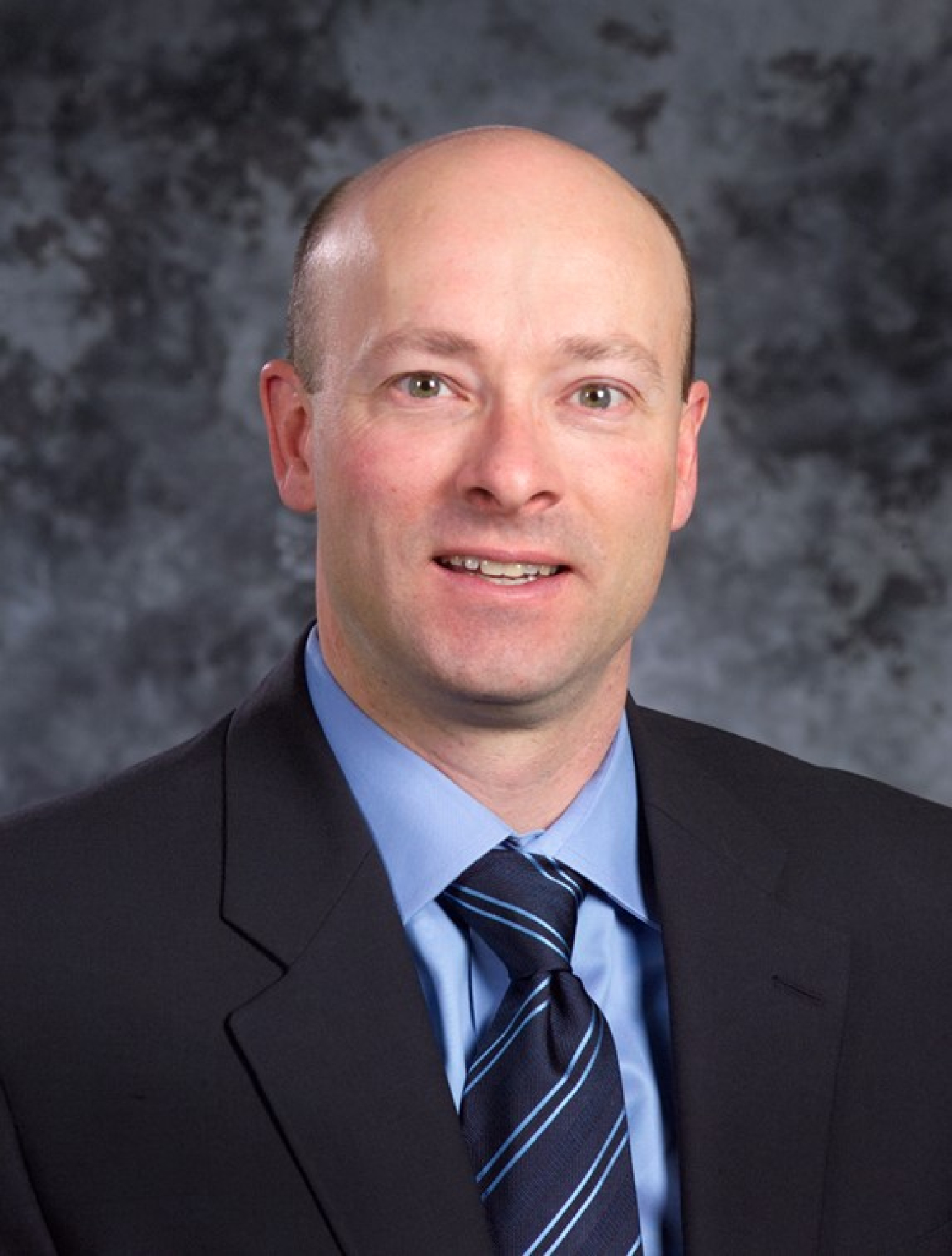EBR-II spent nuclear fuel is being recycled to help industry gain access to HALEU for new reactor technologies.
August 31, 2023
Experimental Breeder Reactor-II (EBR-II) is one of the most historic research reactors ever built.
In 1986, it successfully shut itself down from full power without any operator action—despite a series of tests thrown at the small sodium-cooled reactor to see if it would melt down.
It didn’t, and the data from these experiments are being used today, more than 30 years later, to advance fuels and materials research for new reactor technologies.
Now EBR-II is being called on again to further develop and deploy advanced reactors early next decade by using an extremely valuable resource—its spent nuclear fuel.
The Need for HALEU
The U.S. Department of Energy (DOE) is currently working to recycle EBR-II spent fuel as part of a larger effort to make high-assay low-enriched uranium, commonly referred to as HALEU, more accessible to reactor developers to test and demonstrate their designs.
HALEU is enriched between 5 and 19.75 percent with uranium-235—the main fissile isotope that produces energy during a chain reaction. It is not currently available from domestic suppliers and is required by most advanced reactors to achieve smaller designs, longer operating cycles, and increased efficiencies over current technologies.
The plan is to recover approximately 10 metric tons of HALEU from EBR-II fuel by December 2028 using an electrochemical process that was perfected over the years at Idaho National Laboratory (INL).
How Is EBR-II Spent Nuclear Fuel Recycled?

EBR-II operated from 1964 to 1994 and used a metallic alloy fuel containing highly enriched uranium (uranium enriched with more than 20 percent U-235).
To recover that high enriched uranium, the spent nuclear fuel is prepared and placed into a high-temperature molten salt chemical bath.
An electric current is then used to separate the highly enriched uranium metal from the fission products.
The recovered uranium is cleaned and mixed with lower enriched uranium to create HALEU.
The uranium is then fabricated into a large circular ingot before being fashioned into low-dose, smaller shapes in a high-temperature furnace.
The smaller ingots can then be used to produce fuel for advanced reactors.
Fueling the Future
Oklo Inc. will receive 5 metric tons of HALEU as part of a cooperative agreement with INL that was competitively awarded in 2019.
The recovered material from EBR-II will be used in the initial core of its Aurora microreactor that will be first demonstrated at the lab as early as 2026.
DOE will retain ownership over the material before, during, and after its use.
What’s Next
To date, nearly 5 metric tons of HALEU material has been recovered from the spent EBR-II fuel. INL expects to recover approximately 10 metric tons of HALEU through this initiative.
In addition to this project DOE is also supporting several efforts to provide more access to HALEU.
Current activities include recycling spent nuclear fuel from other government-owned research reactors, supporting the demonstration of HALEU production at an enrichment facility in Piketon, OH, and acquiring HALEU through purchase agreements with domestic industry partners to spur demand for additional HALEU production and private investment in the nation’s nuclear fuel supply infrastructure.
Learn more about our HALEU Availability Program.
Dr. Jon Carmack

Dr. Jon Carmack is the Deputy Assistant Secretary for Nuclear Fuel Cycle. Prior to this, he served as a senior technical advisor to NE from March 2018 to March 2023. He previously served as national technical director for NE's Advanced Fuels Campaign.
Jon began his career as a student at Idaho National Laboratory (INL) in 1989 and joined the Fuels and Materials Department after graduating with a B.S. and M.S. in nuclear engineering from the University of Washington in 1991. During graduate school he worked for Haliburton (NUS) Nuclear Utility Services. He left INL in 1999 and spent five years at BWX Technologies in Lynchburg, Virginia, returning to INL in 2004 to join the DOE Advanced Fuel Cycle Initiative program. He obtained his Ph.D. from the Department of Nuclear Engineering, University of Idaho, in 2012, focusing on fuel-cladding chemical interaction formation in fast reactor metallic fuels.
Jon is well-known as an avid skier, biker, farmer, and Toyota Land Cruiser aficionado.

